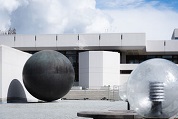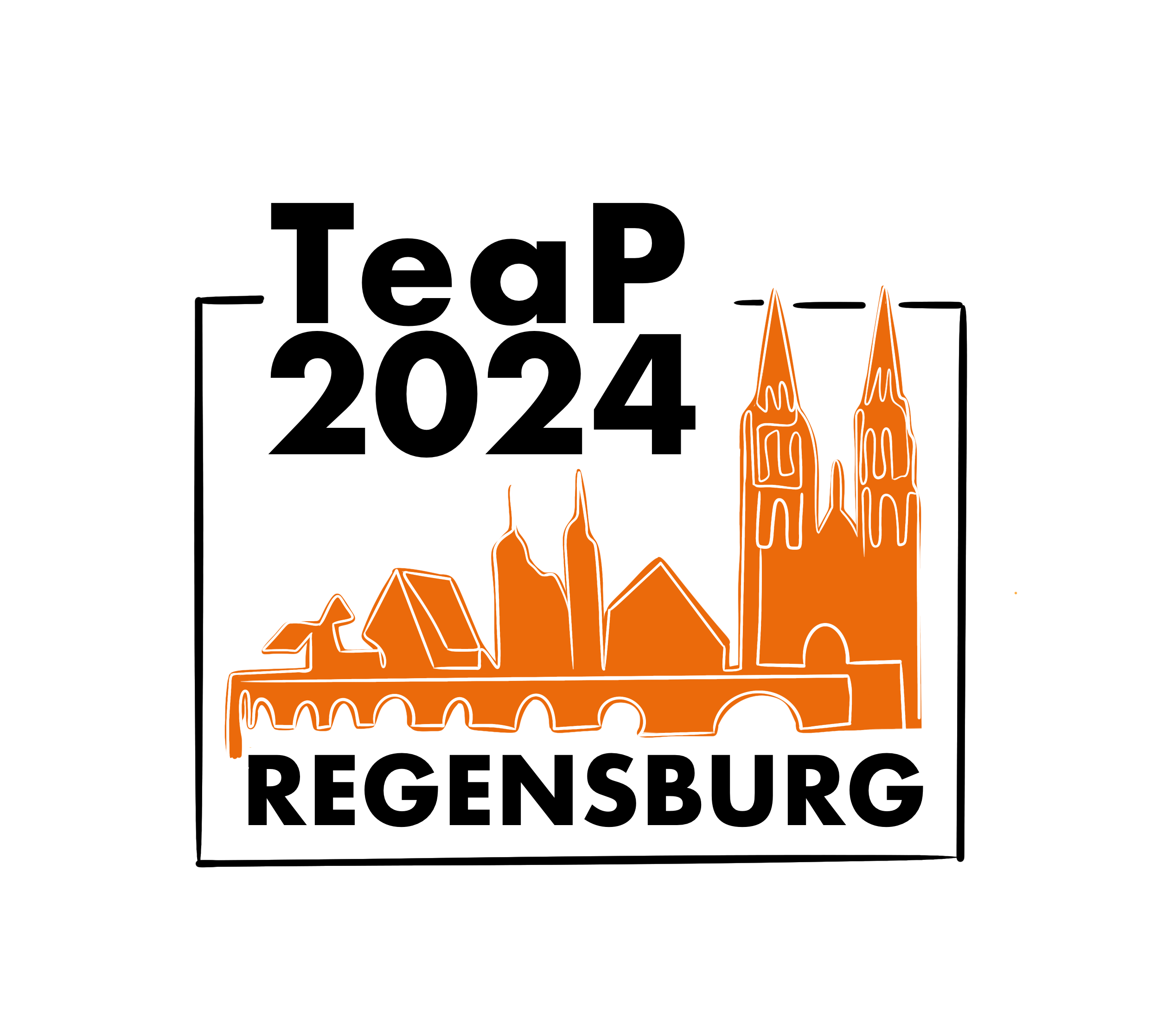Your Account
You are not logged in
The City and the University of Regensburg
Regensburg - UNESCO World Heritage City with Wow-Factor
The history of Regensburg goes back more than 2000 years. Due to its unique status as "the only authentically preserved large medieval city in Germany", the Old Town of Regensburg (including Stadtamhof) was inscribed in the UNESCO World Heritage Site list in 2006.In addition to its historical treasures, Regensburg offers a wide variety of cultural and leisure activities as well as shops and restaurants. Since 1962, Regensburg has been home to the University of Regensburg, today one among three universities in the city area.
Impressions of the Old Town
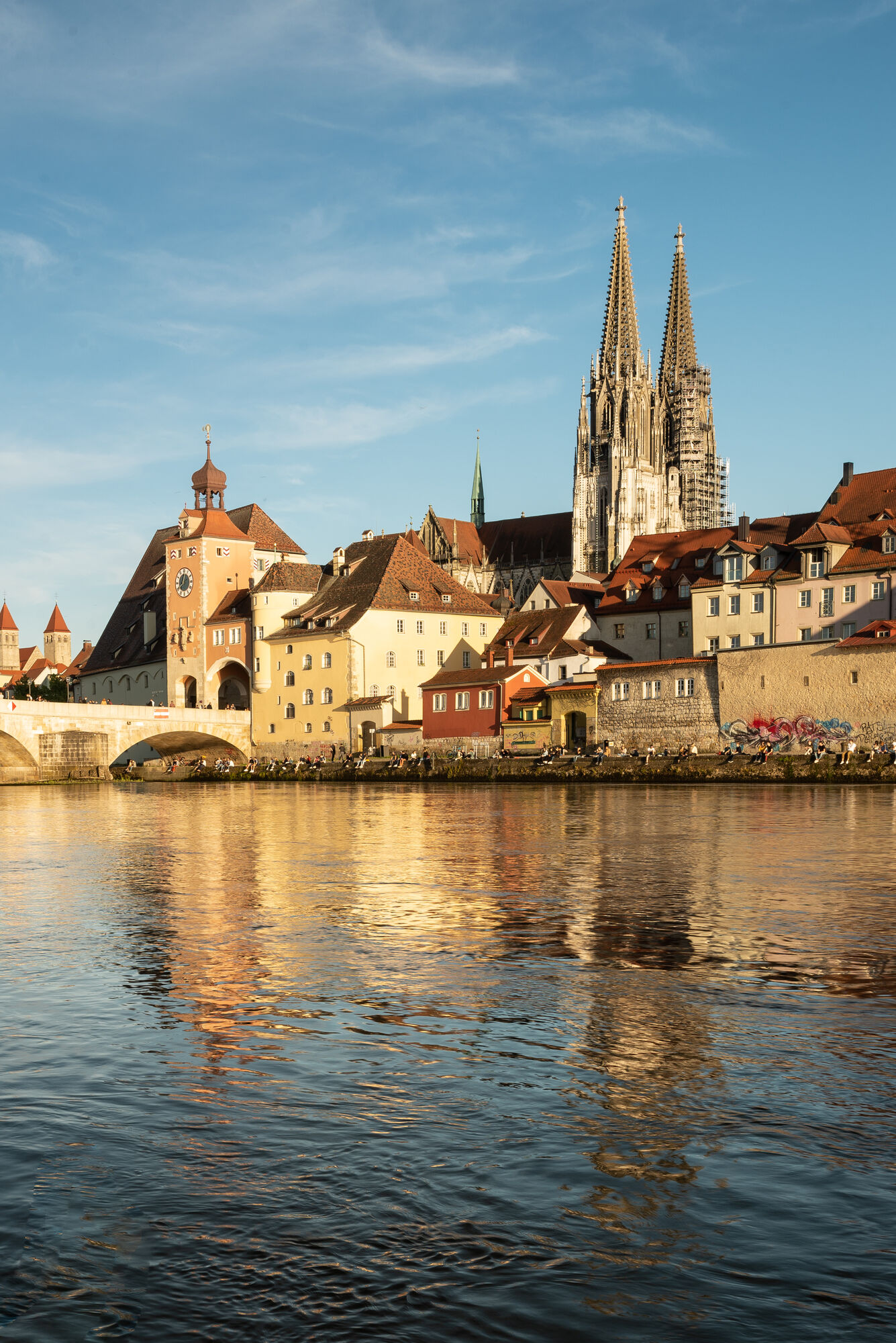
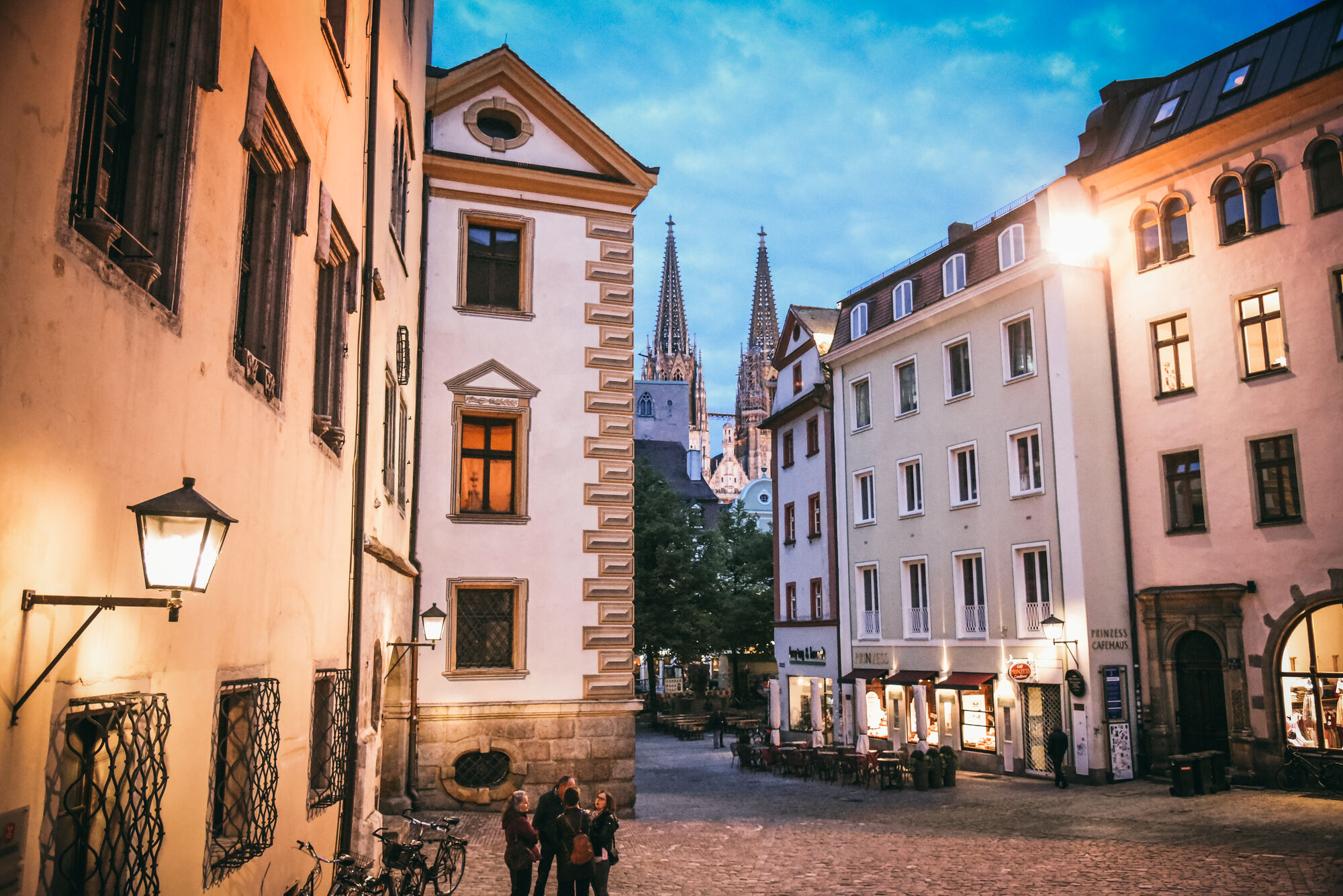
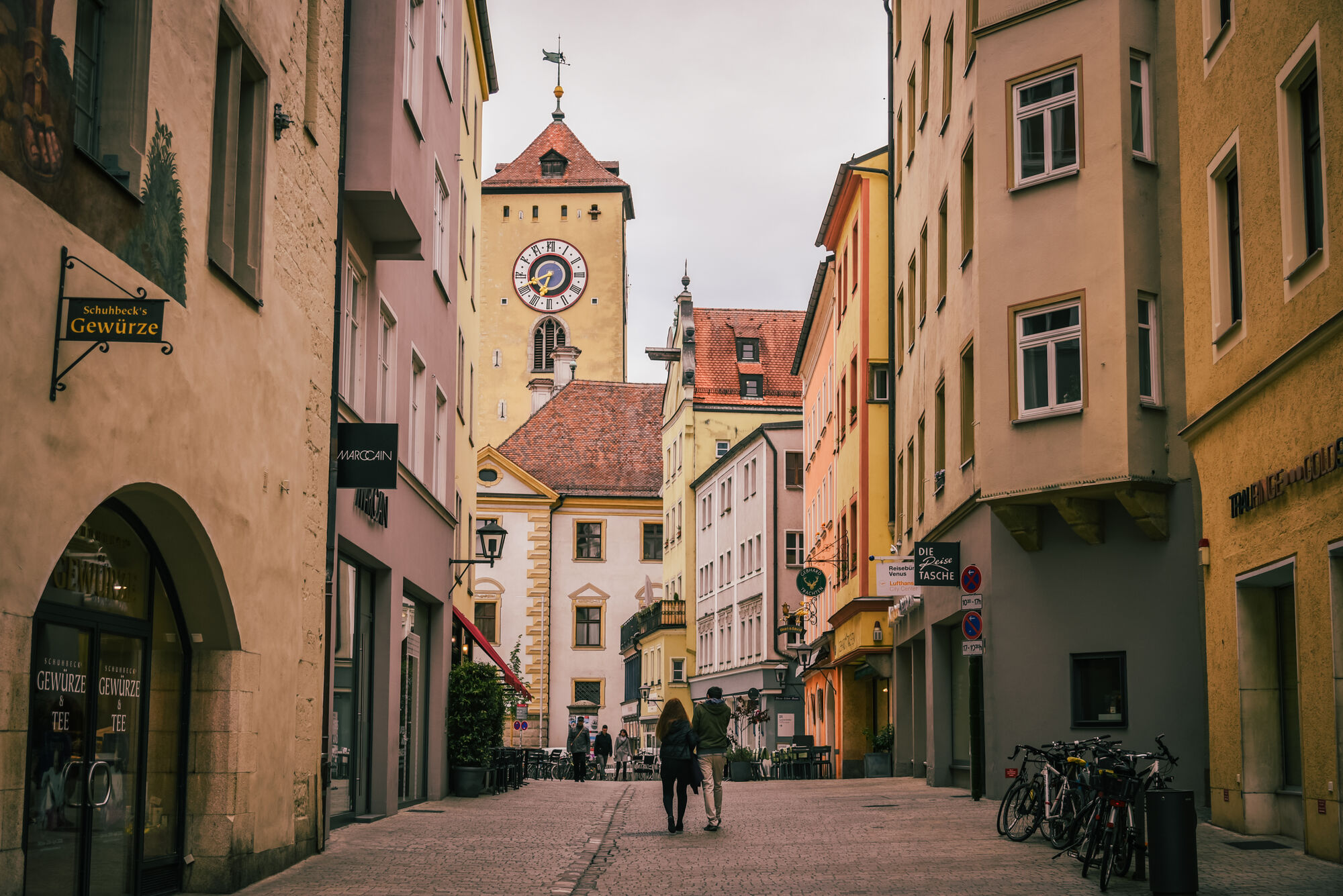
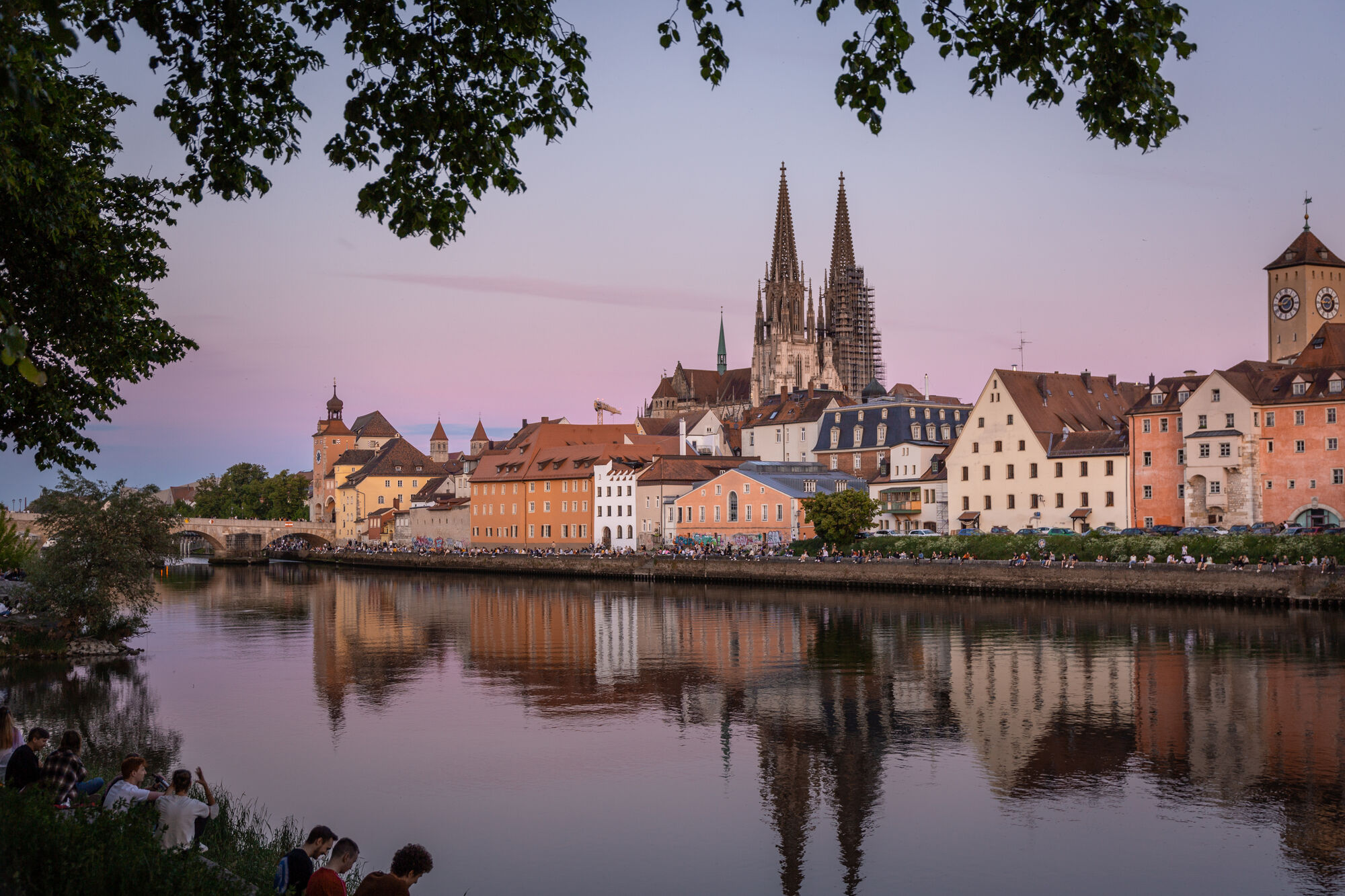
Regensburg Facts
1. The city of Regensburg was not named after a conspicuous accumulation of rainy days, but after the river Regen, which flows into the Danube within the city limits. The identical Latin name, castra regina, is therefore also derived from the river and not from the Latin word for "queen". The city was founded in 179 by Emperor Marc Aurel as a legionary camp. The history of the city took place within the walls of the legionary camp for centuries. It is not surprising, therefore, that remains have been preserved to this day (see Porta praetoria in the street Unter den Schwibbögen, meaning "under the arches").2. Regensburg is the only city north of the Alps with Tuscan-style tower houses (more precisely, "dynasty towers"). Today, many historians agree that such towers had no other function than to display their wealth. All tower houses were built in the late Middle Ages by very wealthy merchant and patrician families and bear witness to Regensburg's role as a trading center at the northernmost point of the Danube, where ships arrived from the Black Sea to unload their exotic goods onto the roads of the Holy Roman Empire. Regensburg's role as a trading center ended abruptly in the mid-15th century when the Ottomans blocked the Black Sea trade route. Incidentally, the dwindling flow of money into the city was one of the reasons why so much of the medieval city was preserved for centuries: the citizens lacked the money for demolition and new construction, which is why renovations were preferred.
3. Regensburg is a very likely candidate for the claim to be the birthplace of Austria. The place of issue of the privilegium minus that separated the sovereign duchy of Austria from Bavaria in 1156 is said to have been the Kreuzhofkapelle, just outside the gates of medieval Regensburg (now located in an industrial park at Regensburg's river port). As is often the case in politics, the elevation of part of Bavaria to a separate duchy was a compromise made by Emperor Frederick Barbarossa to appease two rival noble families - with consequences that continue to this day.
For more Regensburg facts (such as Regensburg's Perpetual Diet, Germany's oldest stone bridge, the Cathedral's striking resemblance to the one in Cologne, and the world's oldest snack bar), take the City Tour on Wednesday evening.
The campus of University of Regensburg
The Brutalist architecture of the Regensburg University campus - including the conference venue - has a controversial aesthetic. A ZEIT journalist called it - without irony or sarcasm - the most beautiful campus he had ever seen (Weisbrod, 2023). The news website VICE, on the other hand, described it as one of the least beautiful campuses in Germany. Still, VICE acknowledged that if you don't like the architecture, you might just not have the intellect to understand it (VICE Staff, 2018). Therefore, it may be worthwhile to reexamine your aesthetic response to what you see on campus in order to give the architecture (or your intellect) a fair chance.
Impressions of the University of Regensburg
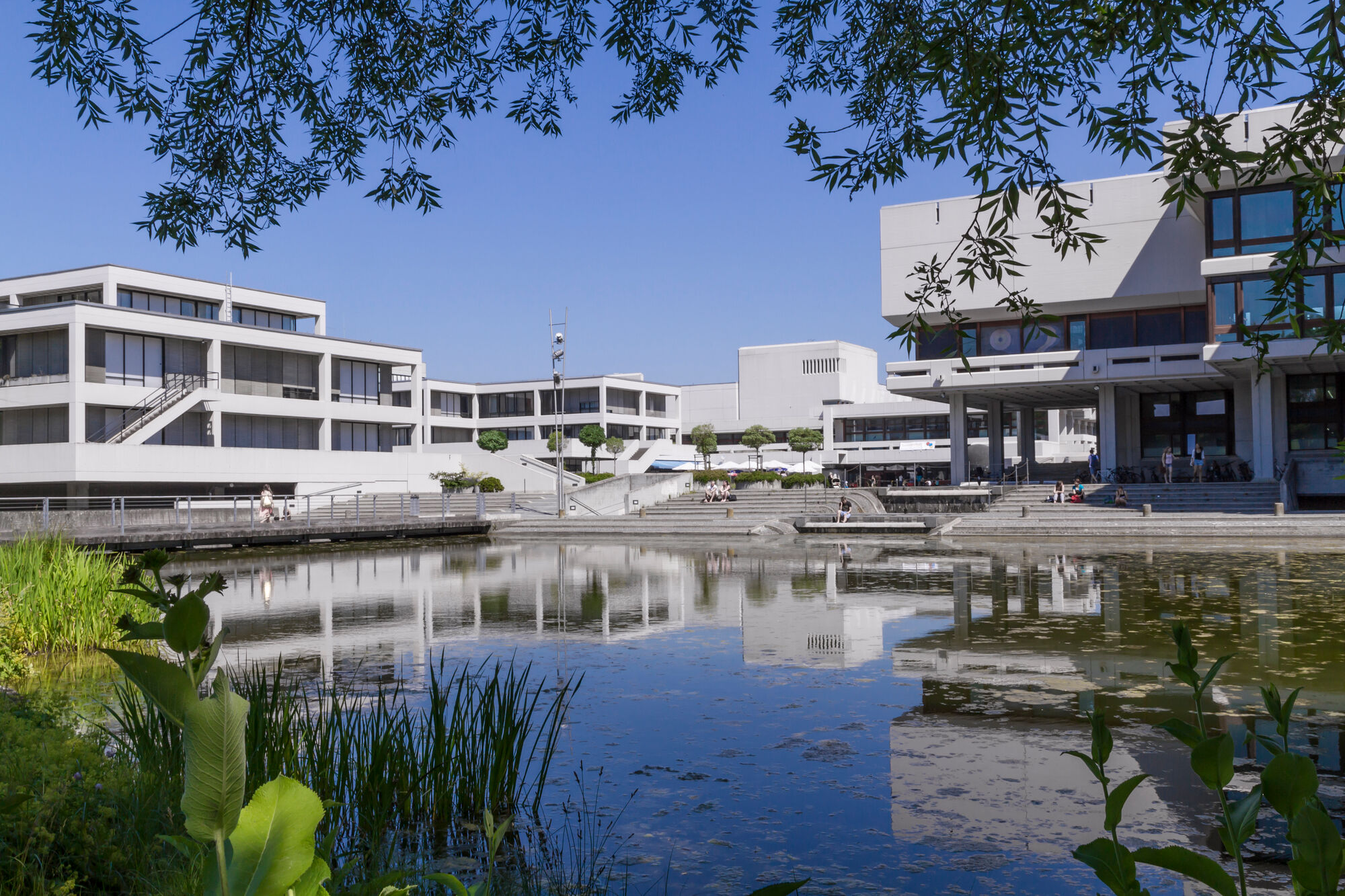

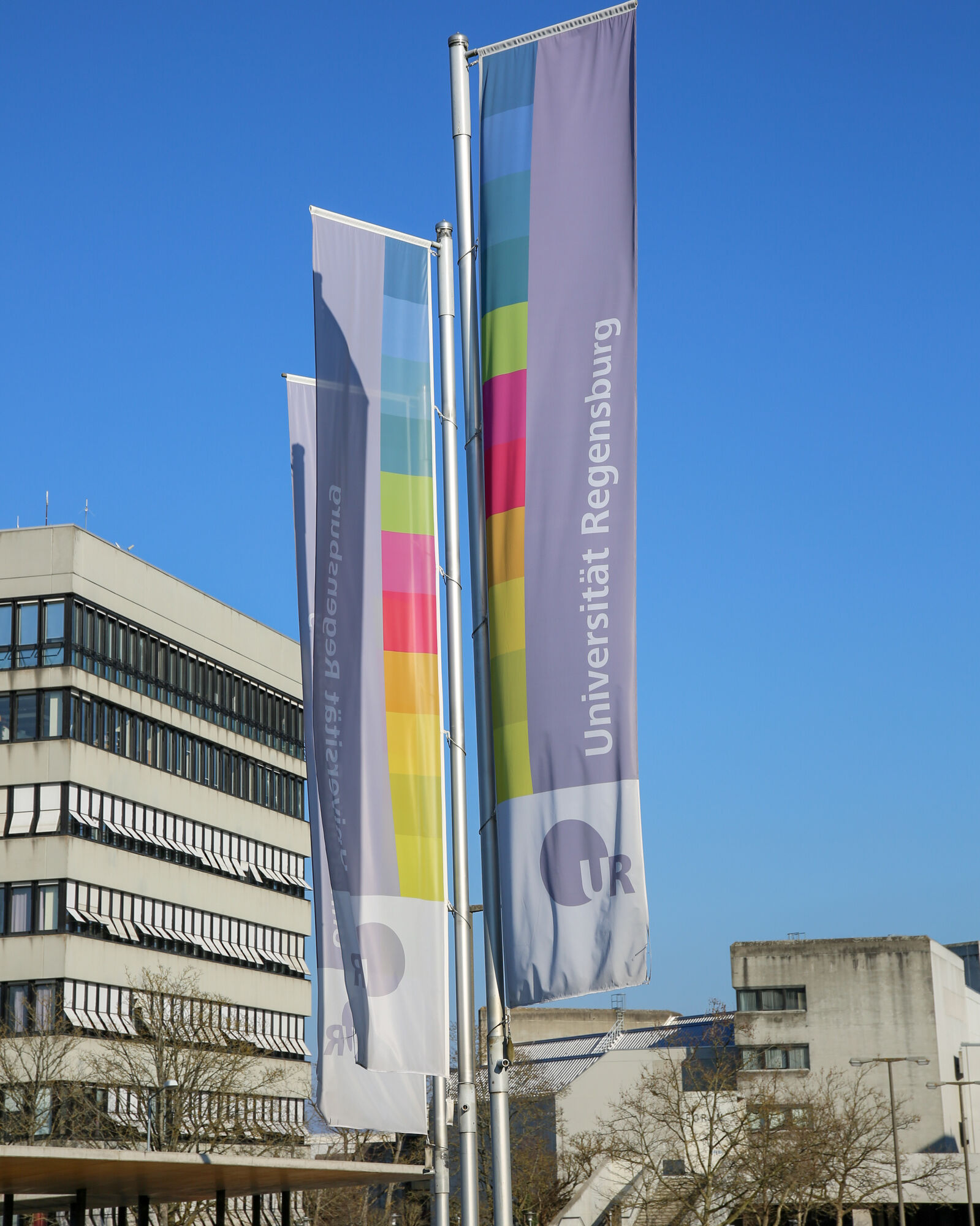

Copyright photos: Universität Regensburg (photographers: Markus Deli, Julia Dragan, Nadine Gerten, Antonia Pröls, Matthias Weich)
Links to discover the City
More information on the UNESCO World Heritage and the City of Regensburg: www.regensburg.de/welterbe/en/world-heritage-siteMore information about the University of Regensburg: www.uni-regensburg.de/university/about-ur/home/index.html
References
Freitag, M. (2016). Regensburg: Kleine Stadtgeschichte. Verlag Friedrich Pustet.
Privilegium minus (2024, March 6). In Wikipedia. https://de.wikipedia.org/wiki/Privilegium_minus
Regensburg (2024, March 6). In Wikipedia. https://de.wikipedia.org/wiki/Regensburg
VICE Staff (2018, October 29). Wir haben deutsche Universitäten nach Hässlichkeit sortiert. VICE.com https://www.vice.com/de/article/negabb/universitaeten-deutschland-nach-haesslichkeit-sortiert
Weisbrod, L. (2023, September 27). Wahnsinn, das ist die schönste uni die ich bisher gesehen habe [Image attached] [Post]. X. https://twitter.com/larsweisbrod/status/1706956293792059729
COMS 118.33

